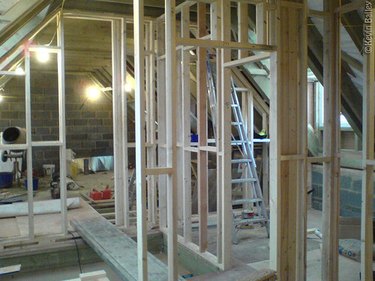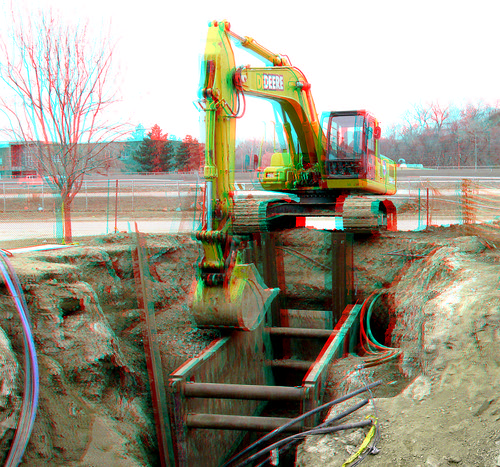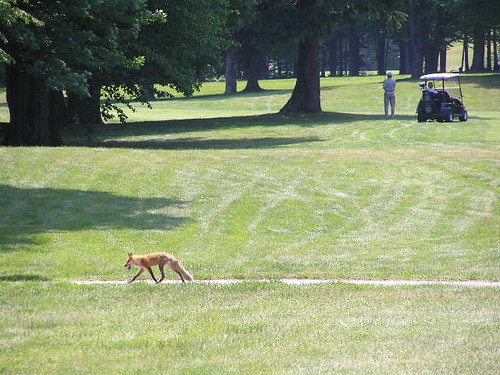
The French drain was invented in Concord Massachusetts by a farmer named Henry French, who also wrote a detailed book on the subject in 1859. The drain has no connection at all with the country of France, its people or its locations. His practical invention was of immediate use to farmers for field drainage and to homeowners and shopkeepers to maintain dry buildings. The basic concept is still in use today, which is simply a lined narrow trench around the perimeter of an area or structure. However, there are a few things that can go wrong with a French drain system.
Sedimentation
Video of the Day

The slow accumulation of sediment in a French drain cannot be avoided or prevented. When the sediment build up causes failure, the water deteriorates the minerals in poured concrete, which in turn creates air pockets and imperfections. Water eventually seeps into the basement through these imperfections. Also, failure of the drain causes water to accumulate below the floor level of the structure and natural pressure forces the water through seams and cracks directly into the basement.
Video of the Day
Digging Hazards

Deep digging with heavy equipment should be used sparingly near a French drain. The greatest hazard develops when the digging goes deeper than the foundation footing. This situation creates an unstable base beneath the footing and can cause actual collapse or shifting of the basement walls. Another hazard is the pooling of water along the dig site. The pooled water can then flow beneath the footing and beneath the basement floor. Natural earth pressure forces water up and into the basement through the weakest points of the floor, such as seams and cracks.
Soil Disturbance
Manual digging of soil at or near the foundation can unwittingly lead to basement problems. Simple manual digging with a shovel to depths of more than 2 feet disturbs soil patterns in the lower soil and creates new air spaces, disrupts existing water flow patterns and creates pooling of water. Water and soil combine to become mud and the natural pressure of the mud forces water to disperse to a lower pressure area such as the basement. Continuing and increasing pressure build up can actually buckle or crack a foundation.
Termites
One common construct of an interior French drain is to locate the tiled trench around the perimeter several inches below the floor surface and direct the water to a sump pump. The trench has a narrow opening close to the wall that allows the water to reach the trench. The huge draw back with this method is that the system is dark and damp and becomes an attractive environment to termites, ants and a whole variety of bug life. This outcome is generally more of a problem than the original basement water problem and may have to be professionally treated.
High and Dry

Farm fields and pastures, golf courses, terraced yards and gardens, athletic playing fields, and soggy backyards are all ideal situations for use of an exterior French drain. The concept remains the same with a tile or stone lined trench around the perimeter of the poorly drained area. The land has to be contoured to cause water to flow to the open air trench, which usually drains into a culvert, stream or nearby unusable land. The open air trench naturally reduces sediment and maintenance and rebuilding is easier and less costly than homeowner systems with a buried trench and sump pump.